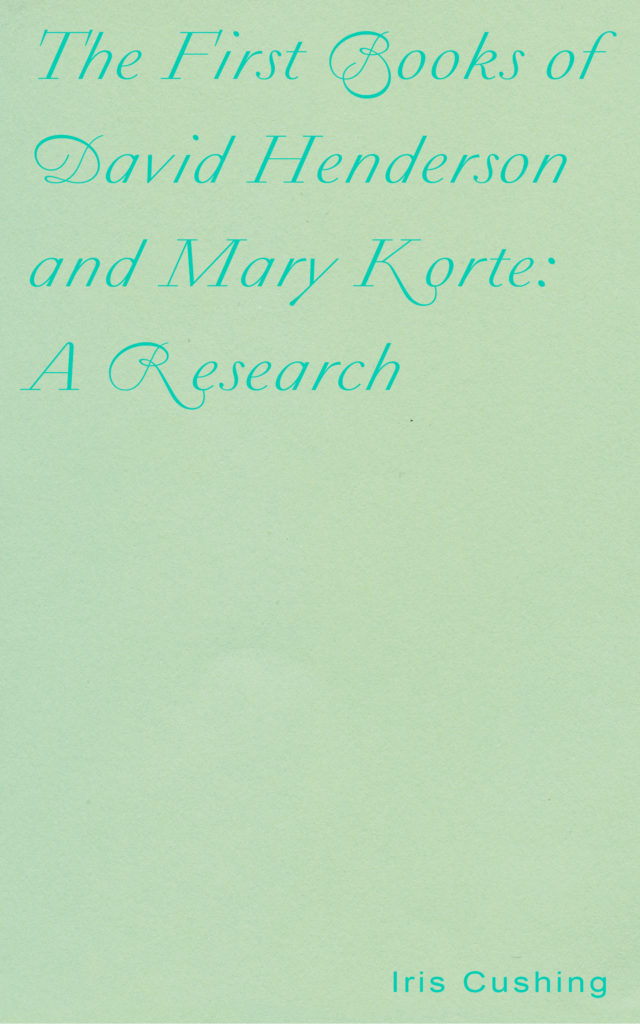The time after the Berkeley Poetry Conference was an incredibly transformative one for Korte. It was during this time that she began to step outside of the convent with increasing frequency to meet with other poets, attend poetry readings, and learn about the intersections of countercultural literature and activism happening in San Francisco. She surreptitiously took food from the convent kitchen and brought it to the Diggers’ headquarters on Haight St., where she turned it over to Diane di Prima, who was organizing food distribution for the Diggers at the time. The Diggers shared a space–an apartment, really– with the San Francisco Oracle, an underground newspaper that specialized in psychedelic, spiritual and politically subversive content. On one of her visits to this space on Haight St., Korte was invited to use the typewriter if she wished. She began to take her handwritten poems to the office there, and type them up.
So when David Meltzer encouraged Korte to submit some of her work to Hawley for Oyez Press in November of 1966, she sent a sheaf of poems she had written in the convent and typed up at the Oracle/Diggers office. This order of operations is remarkable, as a symbol for Korte’s liminal position between two worlds: the work was generated in the cloistered quiet of her familiar, orderly religious world, but typed up in preparation for its entrance into the radical poetry-reading public in the chaotic hub of two countercultural organizations. The poems, like Korte herself, straddled both realms in the way they were literally rendered onto the page.
